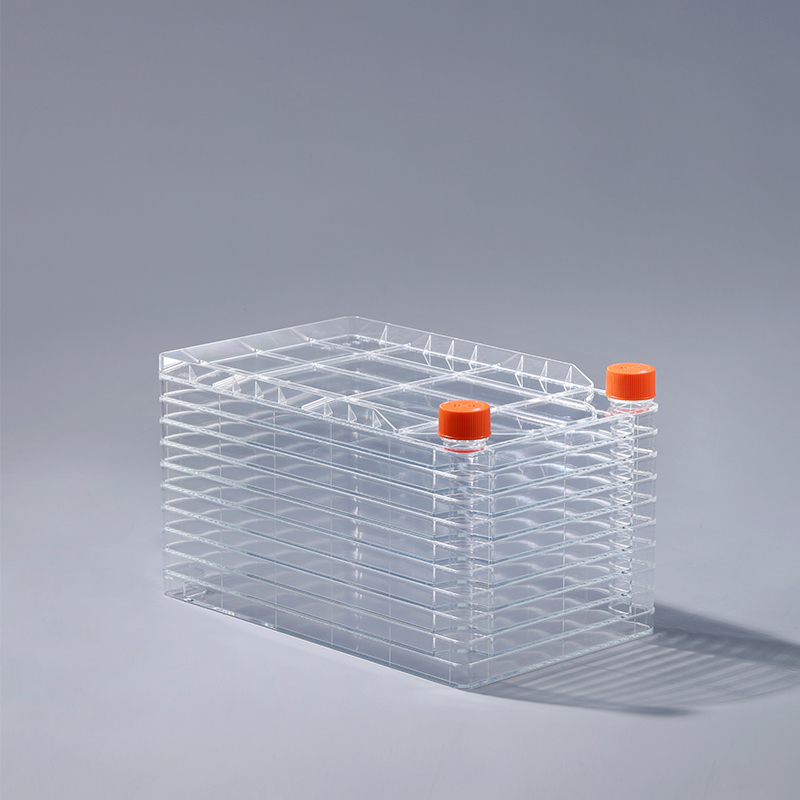は細胞培養装置であり、培養領域の大きさに応じて1層以上で構成されており、細胞の大規模培養を実現でき、ワクチンや製薬業界など多くの分野に適しています。またはモノマークローン抗体。細胞ファクトリーは付着細胞培養を満足させることができ、浮遊細胞の静的培養にも適しています。付着培養とは、培養時に細胞を培養(ボトル)容器の壁に付着させる必要があることを意味します。細胞が付着すると、細胞は急速に広がり、有糸分裂を開始し、すぐに対数増殖期に入ります。通常、数日後、培養表面が覆われ、ベロ細胞、HEK 293細胞、CAR-T細胞、MRC5、CEF細胞、ブタ肺胞マクロファージ、骨髄腫細胞、DF-1細胞などの高密度細胞単層が形成されます。 ST細胞、PK15細胞、Marc145細胞などはすべて付着培養法を採用しています。細胞ファクトリー
浮遊培養とは、絶えず攪拌または振とうする液体培地で単一細胞と小細胞クラスターを培養する組織培養システムを指します。浮遊細胞の増殖は、支持体の表面に依存せず、培地中で浮遊状態で増殖する。例えば、CHO細胞、昆虫細胞、BHK21細胞、MDCK細胞はすべて浮遊培養に使用されています。
細胞工場は多層構造と大面積の利点を活用しており、工業用大量生産で広く使用されています。付着培養と浮遊培養の二重のニーズがあり、多くの科学研究機関や製薬会社に支持されています。
The cell factory utilizes the advantages of multi-layer structure and large area, and is widely used in industrial mass production to meet the dual needs of adherent culture and suspension culture, and is favored by many scientific research institutions and pharmaceutical companies.
The FAI climbed 5.9 percent year-on-year in the first 11 months of 2018, quickening from the 5.7-percent growth in Jan-Oct, the National Bureau of Statistics (NBS) said Friday in an online statement.
The key indicator of investment, dubbed a major growth driver, hit the bottom in August and has since started to rebound steadily.
In the face of emerging economic challenges home and abroad, China has stepped up efforts to stabilize investment, in particular rolling out measures to motivate private investors and channel funds into infrastructure.
Friday's data showed private investment, accounting for more than 60 percent of the total FAI, expanded by a brisk 8.7 percent.
NBS spokesperson Mao Shengyong said funds into weak economic links registered rapid increases as investment in environmental protection and agriculture jumped 42 percent and 12.5 percent respectively, much faster than the average.
In breakdown, investment in high-tech and equipment manufacturing remained vigorous with 16.1-percent and 11.6-percent increases respectively in the first 11 months. Infrastructure investment gained 3.7 percent, staying flat. Investment in property development rose 9.7 percent, also unchanged.
 English
English



















































